In splendid isolation or otherwise, I try to find time to write a song every once in a while. The title of this one – The Stormy Petrels – refers to the desperate fishermen of my home village of Cullercoats who used to brave the North Sea in their cobles regardless of the weather and sometimes taking pride in riding the storms to bring home the catch. Unfortunately, not all were lucky, there were many tragedies.
The Stormy Petrels – a song
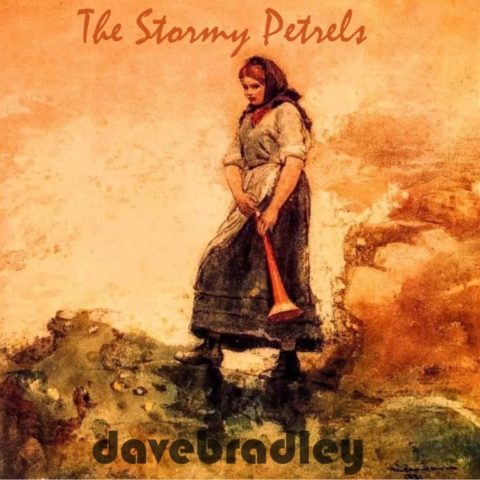 The painting I’ve used for the artwork for this song is “Daughter of the Coast Guard” (1881) by Winslow Homer, she’s brandishing a voice horn mentioned in the song. Homer is often known as the American Turner, one of my favourite artists. Spent time in Cullercoats in the 1880s when it had a strong reputation for craggy cliffs and characters (it still does!). It was something of an artists’ enclave, their being drawn by the light, the sea, the craggy characters, back then and to some extent it still is in the modern day. I’ve written about Winslow Homer before and used another of his paintings for an earlier song – The Spate Gatherers – about the village’s fishwives.
The painting I’ve used for the artwork for this song is “Daughter of the Coast Guard” (1881) by Winslow Homer, she’s brandishing a voice horn mentioned in the song. Homer is often known as the American Turner, one of my favourite artists. Spent time in Cullercoats in the 1880s when it had a strong reputation for craggy cliffs and characters (it still does!). It was something of an artists’ enclave, their being drawn by the light, the sea, the craggy characters, back then and to some extent it still is in the modern day. I’ve written about Winslow Homer before and used another of his paintings for an earlier song – The Spate Gatherers – about the village’s fishwives.
The Stormy Petrels
The seas were fair as far as the eye could see
The waters still and bare
The wind laid low, there was time to spare
There’d be no storm to keep us here
The nets were all tied and the fishwives were ready
The cobles would leave on the tide
We’d sail  to the north and head for the shoals
Their shawls held tight, home on the breeze we would ride
The hours went by and the swell it grew heavy
The men would e’er swallow their pride
The rises and falls of the fish life a penny
The true, tried, and tested on-side
The nets were all tied and the fishwives were ready
The cobles they sailed on the tide
We’ll head for the north and race for the shoals
Their shawls they’d hold tight, till home on the breeze we will ride
We rowed a fair clip with a glint in our eye
The tide would carry us wide
The sun it shone through as the land disappeared
The spindrift blew through, but no siren could draw us aside
The net’s been aside and the fishwives were ready
Our cobles they sailed with the tide
We’ll head for the north and race for the shoals
Their shawls they’d hold tight, till home on the breeze we will ride
It was bright and white horses there were none to see
And the wind couldn’t blow owt our oils to deceive
But the pressure will fall we’ll not bear a hasty retreat
Whistle and you will be damned
A hastier judgement to hand
A voice horn calls out
“No survivors will e’er see the land”
The nets were all tied and the fishwives were ready
The cobles would leave on the tide
We’d sail to the north and head for the shoals
Their shawls they’d hold tight, till home on the breeze we would ride
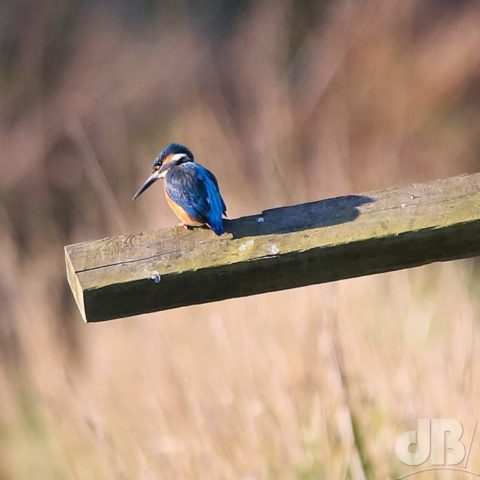
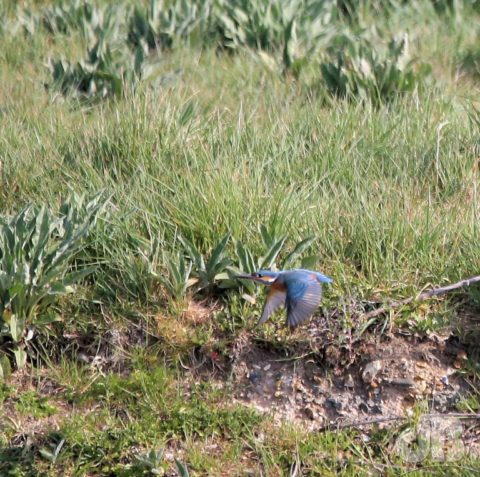
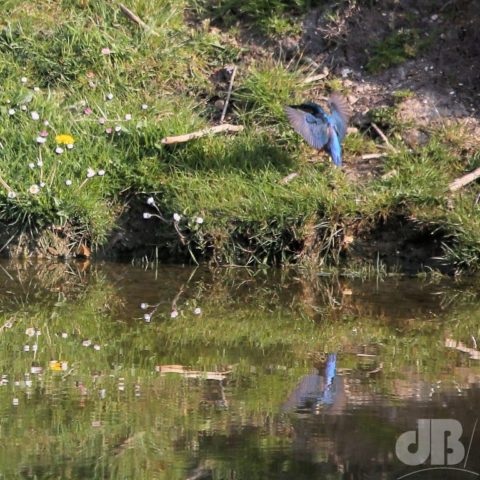
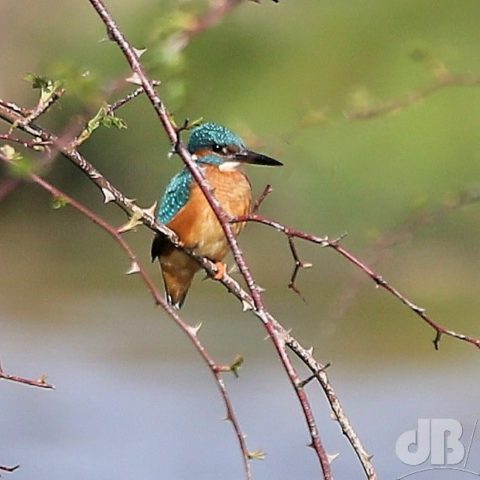
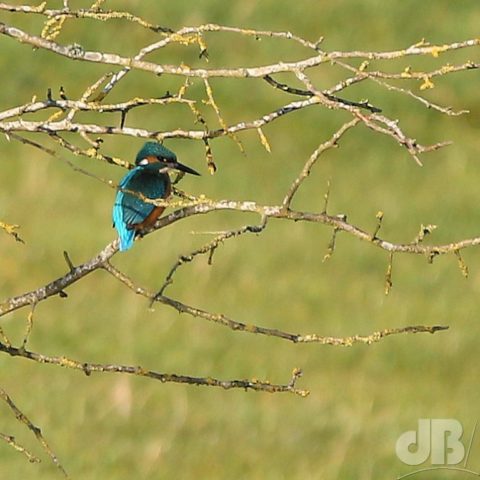
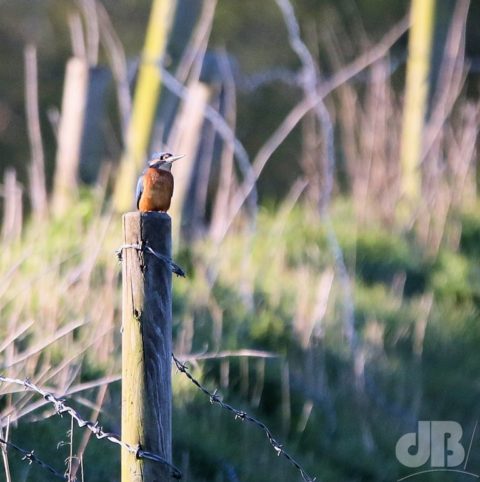
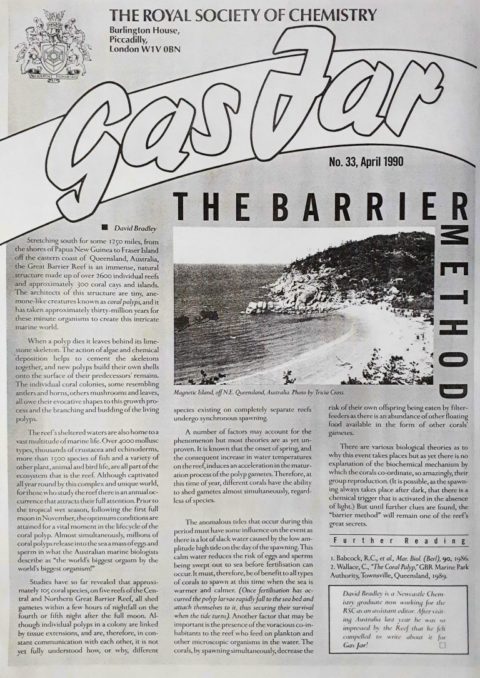
 The painting I’ve used for the artwork for this song is “Daughter of the Coast Guard” (1881) by Winslow Homer, she’s brandishing a voice horn mentioned in the song. Homer is often known as the American Turner, one of my favourite artists. Spent time in Cullercoats in the 1880s when it had a strong reputation for craggy cliffs and characters (it still does!). It was something of an artists’ enclave, their being drawn by the light, the sea, the craggy characters, back then and to some extent it still is in the modern day. I’ve written about
The painting I’ve used for the artwork for this song is “Daughter of the Coast Guard” (1881) by Winslow Homer, she’s brandishing a voice horn mentioned in the song. Homer is often known as the American Turner, one of my favourite artists. Spent time in Cullercoats in the 1880s when it had a strong reputation for craggy cliffs and characters (it still does!). It was something of an artists’ enclave, their being drawn by the light, the sea, the craggy characters, back then and to some extent it still is in the modern day. I’ve written about